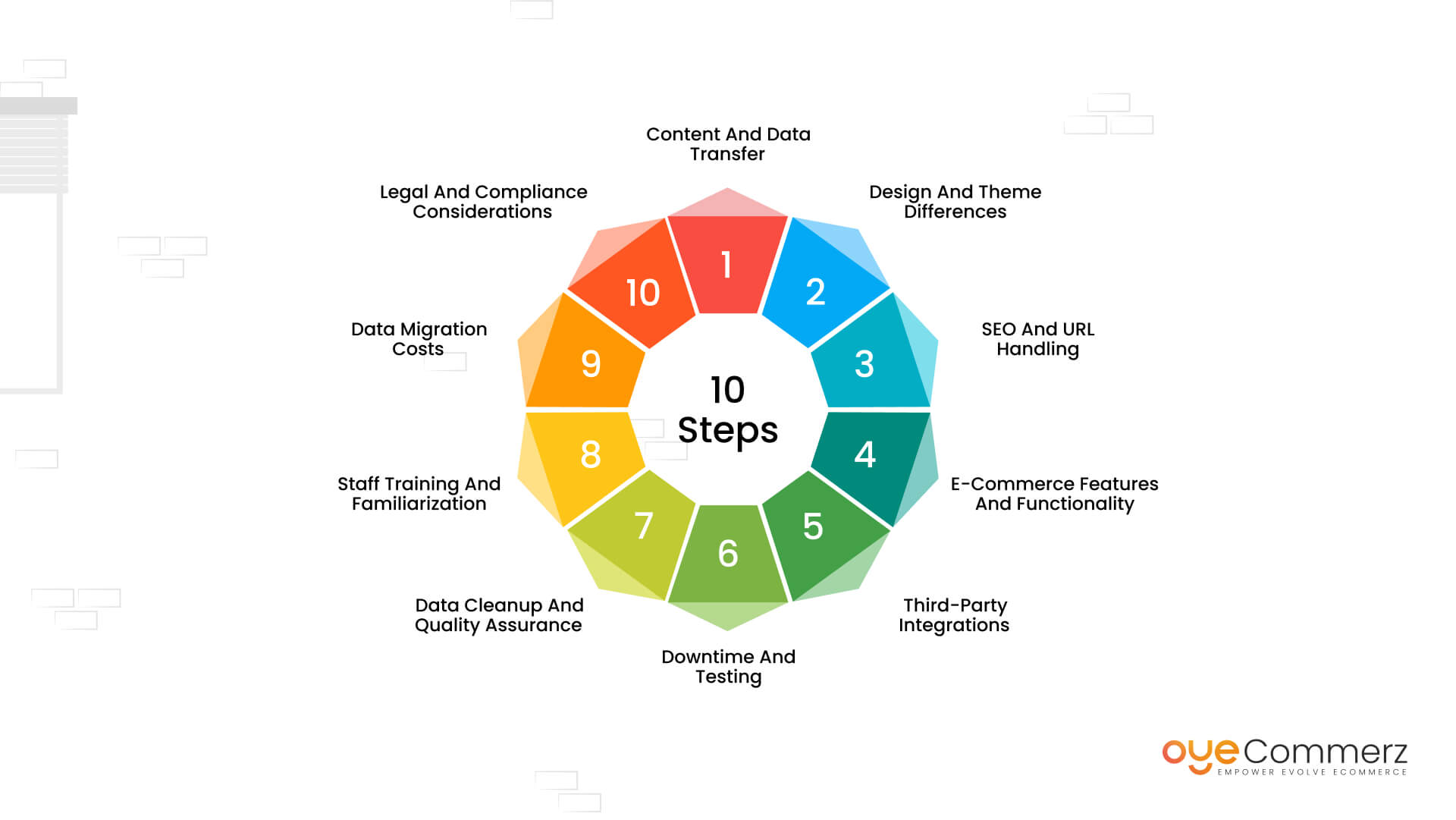Transitioning from WP to Shopify is an promising step in optimizing your online store processes. As businesses grow, choosing a solution that aligns with growth potential, UX, and customization is essential. Shopify has emerged as a preferred choice for online merchants, providing unmatched flexibility, data protection, and user-friendliness. In this guide, we will delve into why this migration is a game-changer, highlight the advantages, and share actionable steps to ensure a smooth move.
1. Top Reasons to Transition from WP to Shopify
The combination of WordPress and WooCommerce, has served countless e-commerce platforms. Nevertheless, as companies scale, challenges like plugin dependency, security vulnerabilities, and complex setups can hinder progress. Shopify, designed explicitly for e-commerce, addresses these concerns with an comprehensive, intuitive platform. Real data supports this transition—Shopify powers over 4.4 million stores globally, with a reported 10% boost to sales conversion rates for numerous merchants post-switch.
2. Key Benefits of Shopify for E-commerce Success
Shopify’s powerful platform caters for expanding businesses. Its notable features include:
- Effortless Design Flexibility: Shopify offers over 80 professionally designed themes.
- Integrated Tools: Capabilities such as Shopify Payments and integrated SEO save time and effort.
- International Expansion: Multi-currency support and localization features enable businesses to reach global markets.
Additionally, Shopify boasts an availability percentage of 99.98%, ensuring your website is always operational.
3. Getting Ready for Your WordPress-to-Shopify Transition
Prior to starting the migration process, evaluate your existing setup. Review inventory details, customer details, and SEO performance. Resources such as Shopify’s Migration Kit or external tools can simplify this process. Develop a comprehensive plan, ensuring all resources—item details, media files, and blog content—are optimized for transfer.
4. The Importance of Accurate Data Migration
Data migration is a cornerstone of a smooth platform switch. When migrating from WP to Shopify, focus on:
- Inventory Details: SKU, item summaries, and groupings.
- Client Information: Emails, purchase records, and custom fields.
- SEO Optimization: Retain meta tags, URLs, and redirects to maintain search rankings.
Use apps like LitExtension to facilitate seamless migration while reducing mistakes.
5. Customizing Your Shopify Store
After the move, customizing your Shopify store helps it reflects your brand. Take advantage of Shopify’s drag-and-drop editor to create layouts with ease. Shopify's templates are mobile-responsive, providing a smooth user experience across platforms—a critical factor, given 74% of online shopping is generated by mobile visitors.
6. Maintaining SEO During Migration
SEO is vital for preserving your online presence during migration. Shopify is highly optimized for search WooCommerce alternative Shopify engines with organized link formatting, preloaded features, and seamless blog integration. Make sure you:
- Implement 301 redirects for existing links.
- Shopify store migration checklist Optimize new pages with targeted phrases.
- Leverage plugins like Plug in SEO to track analytics after the switch.
7. Post-Migration Testing
Once the migration is complete, conduct thorough testing.
Review: - Page load times (Shopify boasts faster speeds compared to WordPress).
- Payment integration reliability and checkout processes.
- Mobile responsiveness.
Testing guarantees your store delivers a seamless shopping journey from day one.
8. Real-Life Success Story
An example of effective platform switching is Gymshark, a sportswear company that moved to Shopify. After the switch, the company experienced a 60% increase in mobile sales and significantly lowered site downtime. This highlights the potential of Shopify in enhancing online business success.
9. Challenges and Solutions
Migration comes with challenges, such as data integrity and adjusting tailored features. However, Shopify’s robust support and external professionals make overcoming these hurdles manageable. Partnering with qualified Shopify developers ensures a smooth transition.
10. Starting Your Journey with Shopify
Migrating from WP to Shopify represents a forward-thinking approach to online retail. By addressing scalability, simplifying management, and enhancing the customer experience, Shopify enables companies to thrive in competitive markets.
Final Thoughts
Switching from WP to Shopify is a strategic move that can greatly enhance your online business performance. With a well-structured strategy, the right tools, and expert support, you can achieve new success milestones.
Ready to make the leap? Reach out today to learn how our Shopify migration services can transform your online store. Get in touch today, or consider: Can your business afford to miss out on Shopify’s growth potential?
